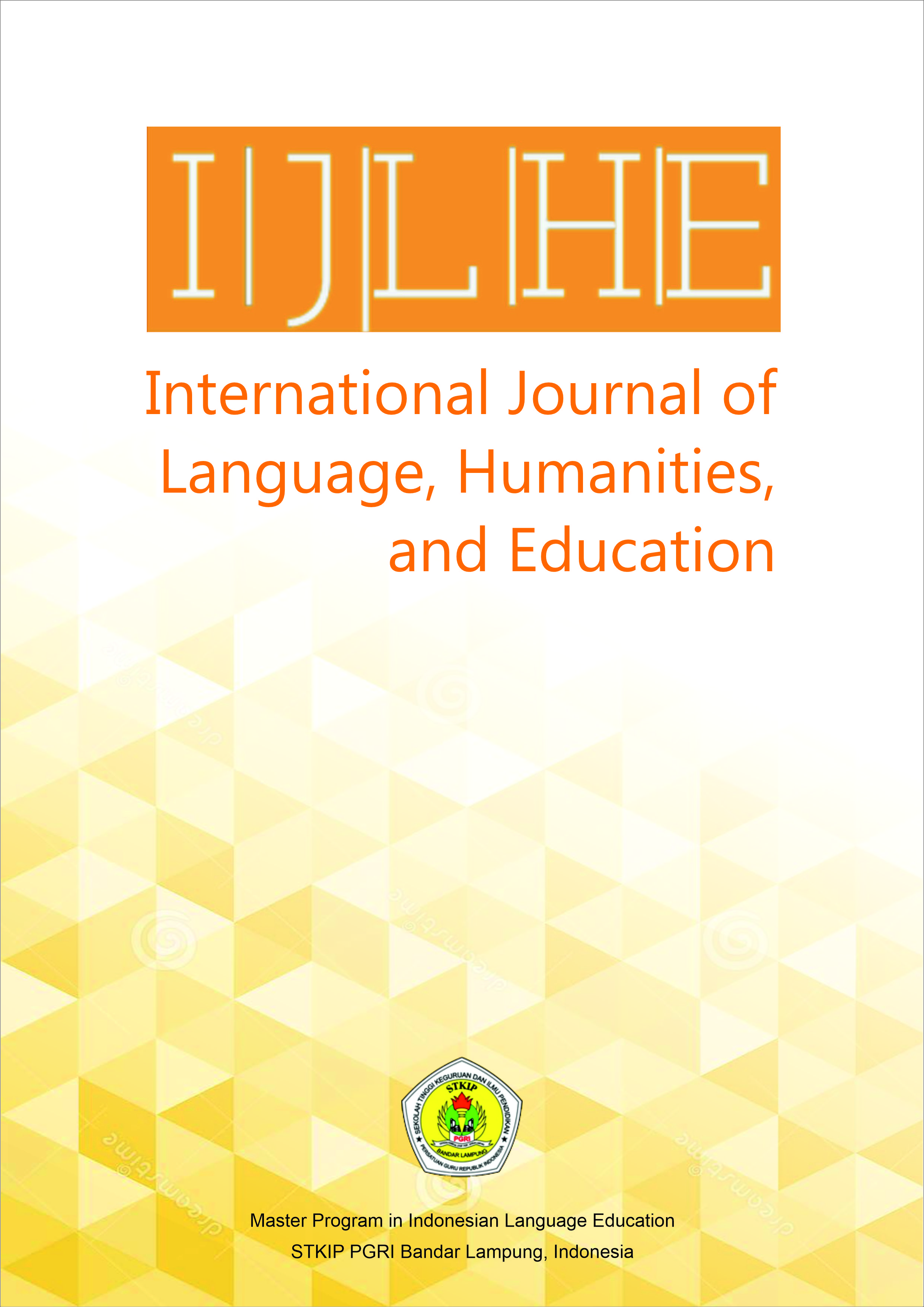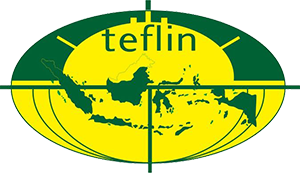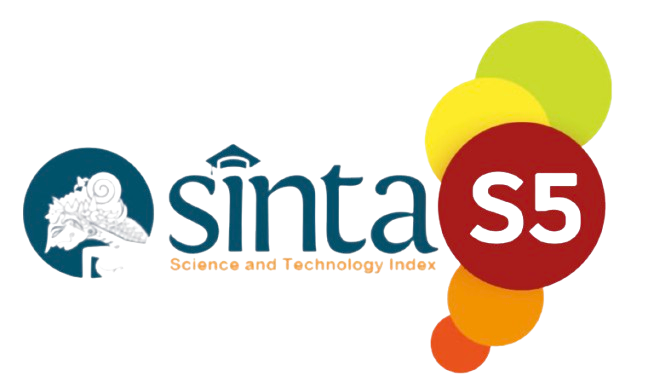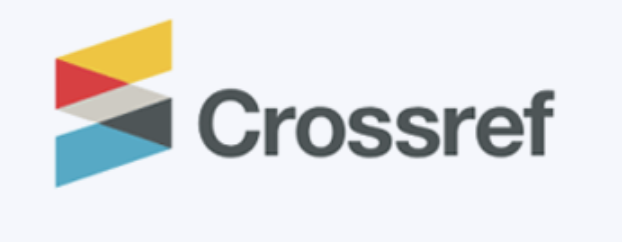Linguistic Landscape Analysis on Public Signs in Semarapura High Schools: Languages and Scripts Distribution
DOI:
https://doi.org/10.52217/ijlhe.v8i1.1810Keywords:
Linguistic Landscape, Languages and Scripts Distribution, Public Signs, SemarapuraAbstract
This research analyzed the distribution of languages and scripts on public signs of high schools in Semarapura, at SMA Negeri 2 Semarapura and SMK Negeri 1 Klungkung. Data were collected through observation, photographs, and interviews with principals, teachers, and students using a qualitative descriptive method. A total of 78 signs were collected. The findings showed that most signs were monolingual, with Bahasa Indonesia as the dominant language (71.79%). Bi-script signs using Indonesian with Balinese script, represent 10.26%, while English monolingual signs were relatively rare (2.56%). Bilingual signs were identified, with 7.69% in Indonesian-English and 11.54% in English-Indonesian. Unfortunately, there is no multilingual signs were found. The use of Bahasa Indonesia was the most common on the school signs, which followed national language rules like Law No. 24 of 2009 and Presidential Regulation No. 63 of 2019. The use of Balinese script showed that the schools also followed the local language rule, Bali Governor Regulation No. 80 of 2018. Based on the interviews, the choice of language and script was based on how well the message could be understood, students needed, and efforts to preserve local culture. English was used mainly for academic or international purposes.
References
Andriyanti, E. (2019). Linguistic landscape at Yogyakarta’s senior high schools in multilingual context: Patterns and representation. Indonesian Journal of Applied Linguistics, 9(1), 85–97. https://doi.org/10.17509/IJAL.V9I1.13841
Brown, K. D. (2012). The Linguistic Landscape of Educational Spaces: Language Revitalization and Schools in Southeastern Estonia. In Minority Languages in the Linguistic Landscape (pp. 281–298). https://doi.org/10.1057/9780230360235_16
Creswell, J. W. (2014). Research Design: Qualitative, Quantitative, and Mixed Methods Approaches (Fifth Edition). California: SAGE Publications.
Dewi, K. L. P., Putra, I. N. A. J., & Paramarta, I. M. S. (2024). Linguistic Landscape Analysis of Language Function at Tourist Places Signboard in Banjar Bali. Journal of Linguistic and Literature Studies, 2(2), 49–58. https://doi.org/10.36663/jolles.v2i2.760
Gapur, A., Taulia, & Wardana, M. K. (2024). Exploring the Linguistic Landscape of Public Elementary Schools in Medan: Understanding Forms and Functions. International Journal of Cultural and Art Studies, 8(1), 55–73. https://doi.org/10.32734/ijcas.v8i1.16989
Gorter, D., & Cenoz, J. (2008). Knowledge about Language and Linguistic Landscape. Encyclopedia of Language and Education, 2090–2102. https://doi.org/10.1007/978-0-387-30424-3_160
Landry, R., & Bourhis, R. Y. (1997). Linguistic Landscape and Ethnolinguistic Vitality. Journal of Language and Social Psychology, 16(1), 23–49. https://doi.org/10.1177/0261927X970161002
Mahayana, I. M. A., Muliawa, M. S. D., & Susanthi, I. G. A. A. D. (2023). Public Signs in Objek Wisata Candidasa (OWC): Linguistic Landscape Study. RETORIKA: Jurnal Ilmu Bahasa, 9(1), 54–62. https://doi.org/10.55637/JR.9.1.5919.54-62
Peraturan Gubernur Bali Nomor 80 Tahun 2018 tentang Pelindungan Dan Penggunaan Bahasa, Aksara, Dan Sastra Bali Serta Penyelenggaraan Bulan Bahasa Bali. (2018).
Peraturan Presiden (Perpres) Nomor 63 Tahun 2019 tentang Penggunaan Bahasa Indonesia. (2019).
Rafael, A. M. D., Artawa, K., Satyawati, M. S., & Purnawati, K. W. (2024). The visible languages on landscape linguistics in primary schools in Kupang and the implementation of education language policy. Cogent Arts and Humanities, 11(1), 2376360. https://doi.org/10.1080/23311983.2024.2376360
Rastitiati, N. K. J. (2023). The Linguistic Landscape at I Gusti Ngurah Rai International Airport, Bali: Users’ Attitudes. LACULTOUR: Journal of Language and Cultural Tourism, 2(1), 18–26. https://doi.org/10.52352/lacultour.v2i1.1104
Riani, Y. W., Ningsih, A. W., Novitasari, M., & Zulkarnaen, M. S. S. R. (2021). A linguistic landscape study in Indonesian sub-urban high school signages: an exploration of patterns and associations. Journal of Applied Studies in Language, 5(1), 134–146. http://ojs.pnb.ac.id/index.php/JASL
Sumarlam, Purnanto, D., & Ardhian, D. (2021). Capturing social issues through signs: Linguistic landscape in Great Malang Schools, Indonesia. International Journal of Sustainable Development and Planning, 16(3), 591–601. https://doi.org/10.18280/IJSDP.160320
Tódor, E. M., & Vančo, I. (2024). Ethnolinguistic Vitality in Minority Schoolscape. Languages, 9(11). https://doi.org/10.3390/languages9110353
Undang-undang (UU) Nomor 24 Tahun 2009 tentang Bendera, Bahasa, dan Lambang Negara, serta Lagu Kebangsaan. (2009).














